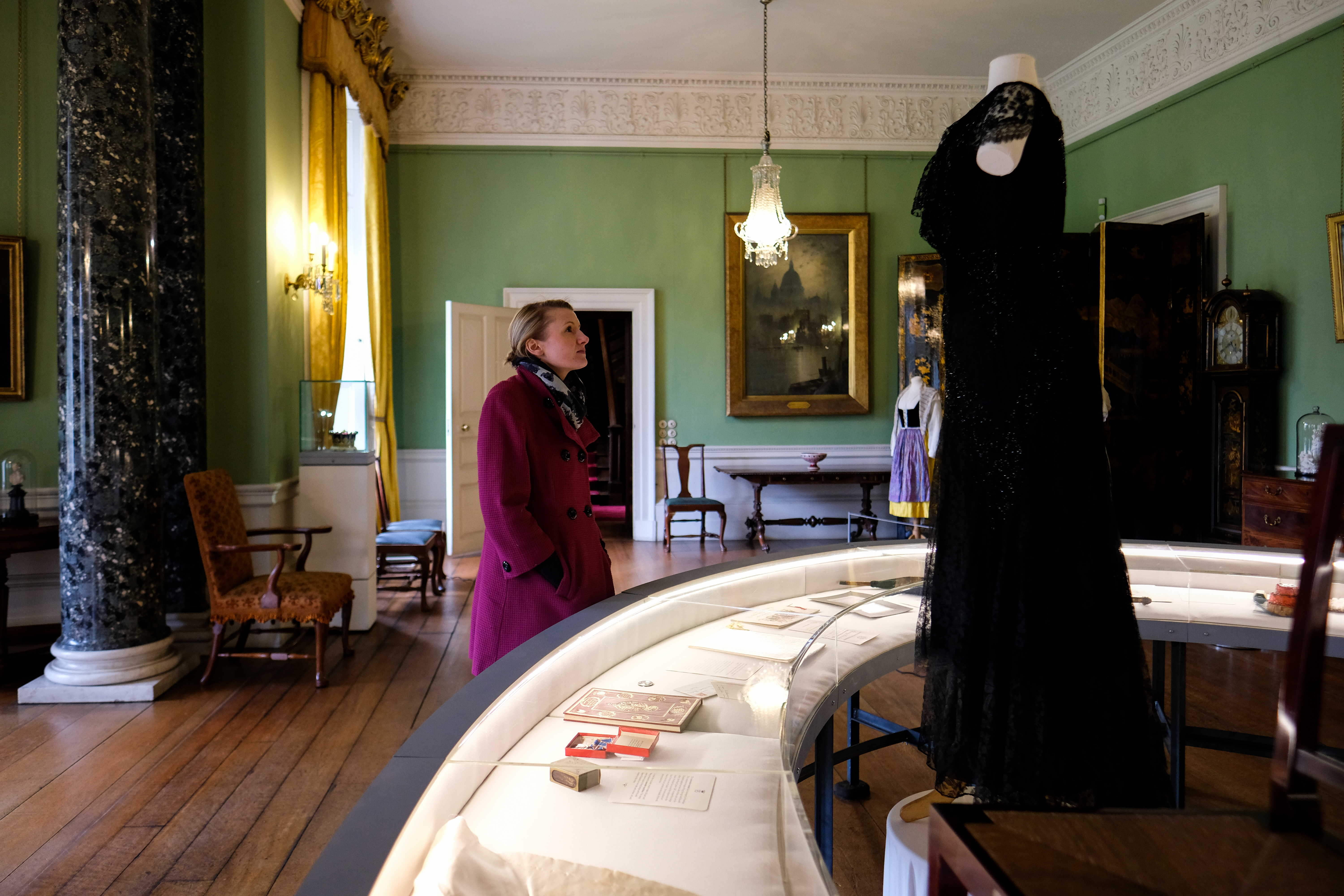Blog: Jessica Webb
The visitor experience manager at Dunham Massey in Altrincham offers a glimpse into the story behind its latest exhibition, Dunham Massey: A Woman’s Place?, which runs until 4 Nov
Dunham Massey is a National Trust park, gardens, house and wider estate just south of Manchester. I have been here for seven years and, most recently, I have worked alongside a big team of staff and volunteers to create a new way to experience the house.
Dunham Massey: A Woman’s Place? opened in March and features as part of the National Trust’s country-wide Women and Power programme, which is commemorating 100 years since some women in Britain were granted the right to vote. Throughout 2018, the conservation charity is exploring the complex histories of power and gender, and its 2018 visitor experiences will give voices to the sometimes hidden lives and legacies of women who lived and worked across the special places cared for by the charity.
As part of the Women and Power programme, Dunham is shining a light on some of the important women from its past. This programme is part of a longer term commitment to uncovering hidden histories, as it is not enough to continue telling the same narratives that suggest we know exactly what happened here in the past.
We have honoured the lives of those we may not know very much about
Visitors may have noticed this change in our storytelling in recent years. As a charity, the support given by visitors allows us to look after Dunham’s heritage but it is also really important to make it more accessible to everyone.
In the last four years the presentation in the house has changed to tell a World War One hospital story, as well as an account of the house being abandoned by the family during the Victorian era. Through this, we have honoured the lives of those we may not know very much about and have provoked conversations about our understanding of the past in relation to lives today.
Continuing with this aim, we chose to focus on the lives of three women this year: Mary Booth, the only women to inherit and run the Dunham estate; Penelope Stamford, the countess who turned her home into a hospital; and Mrs Collins, housekeeper at Dunham for nearly 30 years.
When you visit the house, you can follow any one of these stories, each told in different rooms of the house with collections and archives to illustrate their lives.
Mary Booth’s life is told mainly through her collection of books. Penelope Stamford’s life is told through her personal ephemera – including some fabulous items of clothing that have never been on display before – and through the recreation of a hospital ward, complete with original bed and bedspread. Finally, Mrs Collins’ life – the most difficult to research – is told in the servants’ quarters where she would have been based as housekeeper.
A large team of volunteers carried out the research into these three women and the house and collections team worked tirelessly to bring collections out of store for display. It was the discoveries about Mrs Collins that I found most fascinating, particularly because she was the one we knew least about.
Volunteers spent hours poring over the family archives held at the John Rylands Library in Manchester and were able to find little mentions of Mrs Collins in letters between the countess, Penelope and her children. It seemed Mrs Collins was quite central to family life at Dunham but it wasn’t until very recently that our assumptions were proved correct. A sympathy letter sent by Penelope to a relative of Mrs Collins in 1950 said: “I feel so lucky to have had such a splendid, helpful friend through many sad years of my life when she was Housekeeper.” The heart-warming letter shows the deep friendship Mrs Collins and Penelope had despite their different social classes, backgrounds and roles.
As one of the lesser-known women, Mrs Collins also became the subject of one of the contemporary artworks created by five female artists from Women in Print, a Manchester-based collective. The artists took inspiration from women in Dunham’s history and have produced artwork to sit alongside the all-female picture hanging in the Great Gallery. I wonder what Mrs Collins would think about us telling her story beside those of the family she served?
We’d love visitors to go away with questions like this in their mind. We hope that the experience in the house shows people the breadth of the collection at Dunham, with new rooms, objects and archives on display. And we hope visitors leave with a richer understanding and a fresh perspective on the people who shaped this place.
Dunham Massey: A Woman’s Place will run until 4 November

Leave a reply
Your email address will not be published.